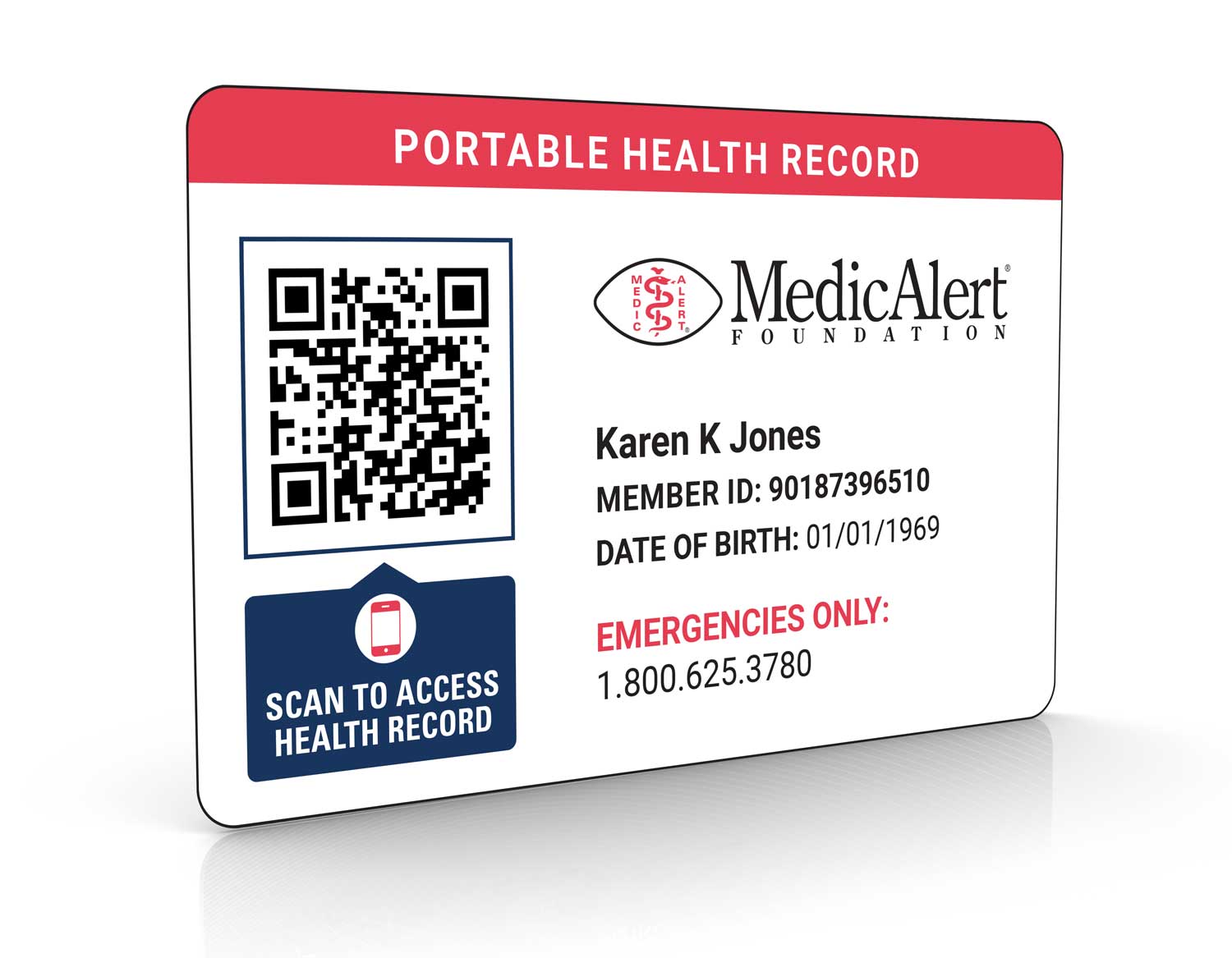My story begins with a diagnosis of Marfan syndrome a rare genetic disorder that causes the connective tissue to weaken Because this complex condition requires a specialized and experienced approach to care I make sure to always wear my MedicAlert ID for Marfan s and keep my membership up to date in case of emergency...
Help others help you. Wear a medical alert ID bracelet or necklace engraved with important information for emergency responders and healthcare providers.
Centers for Disease Control & Prevention

















